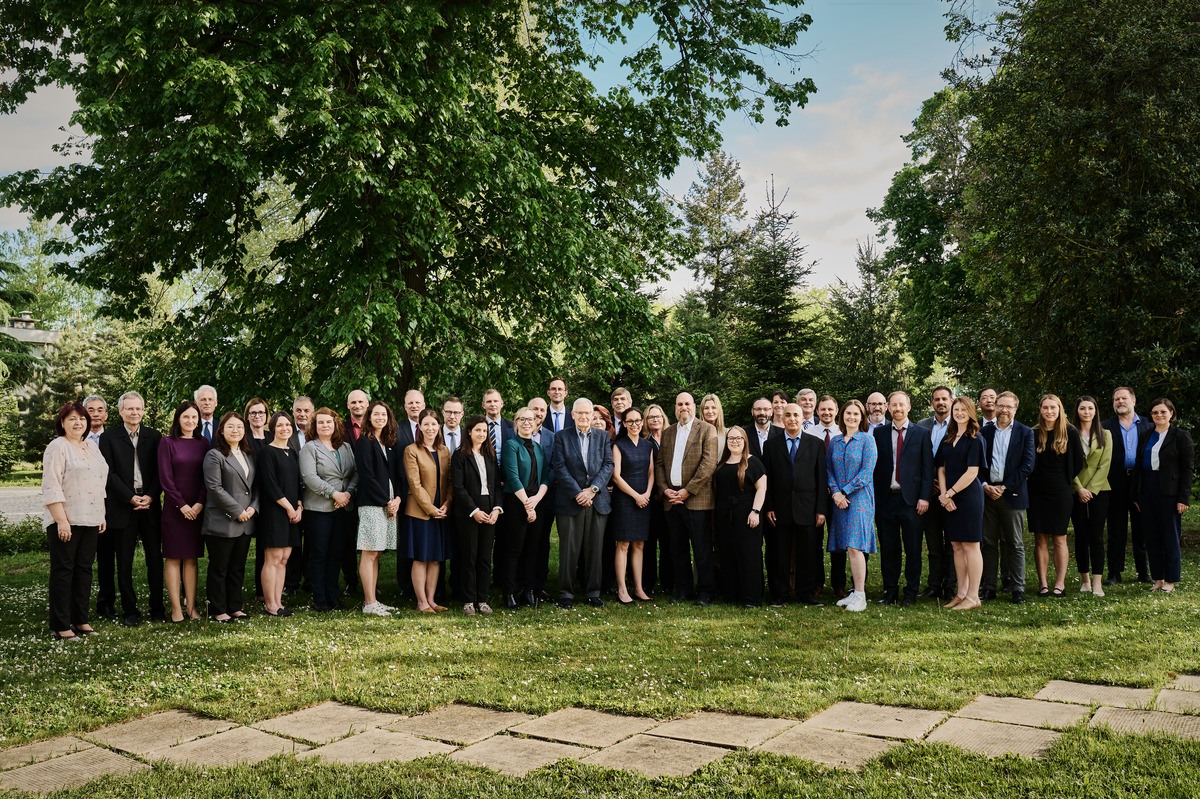As prepared
Thank you all for joining us today as we provide an update on the work that has been done so far by the International Partnership for Nuclear Disarmament Verification (IPNDV) and our plans for moving forward. I want to first thank my fellow colleagues on the panel for coming here today to share their thoughts on the Partnership’s work and to everyone in this room who shares the same passion to create a safer world.
Last December the Under Secretary of State for Arms Control and International Security, Rose Gottemoeller, announced this Partnership to develop the tools and technologies that will be needed in the quest to reduce, and eventually eliminate nuclear weapons.
Effective verification is a key feature of any successful arms control agreement. The earliest U.S.-Soviet arms control treaties did not provide for any on-site inspection, let alone the type of intrusive inspection regimes seen today, such as in the New START Treaty. It is very likely that future arms control treaties and agreements will need to provide for new and even more intrusive provisions, access to new types of facilities, and new items subject to inspection.
We need to understand the technical challenges we are sure to face in this endeavor. When looking for good ideas, we know that the nuclear weapon states do not have a monopoly on possible solutions. Therefore, the Partnership aims to pool together the collective expertise—from nuclear and non-nuclear weapon states alike—to build confidence in the tools and technologies that will enable us to verify nuclear disarmament. Our principal goals are:
- First and foremost, to build international capacity among states with and without nuclear weapons,
- To improve and broaden the understanding of the technical challenges inherent in nuclear disarmament verification and monitoring, and
- To provide international leadership to address these challenges.
We have already made tremendous progress. In March, the United States launched the Partnership, in cooperation with the Nuclear Threat Initiative (NTI). It brought together experts in Washington to begin the work of addressing the verification challenges associated with further nuclear reductions. Since then, the twenty-seven states of the Partnership decided to form three working groups to inform closer study on verification issues that exist at all stages of the nuclear weapons lifecycle.
The Partnership’s three working groups will build capacity among Partner states and explore solutions to fundamental nuclear monitoring and verification challenges. At our next plenary meeting in Oslo, Norway, we will finalize the terms of reference for each of the working groups and launch their work. Developing new monitoring and verification technologies and approaches will take time, but I’m gratified by the time and energy that has already been devoted to this effort, and am confident that this work will continue to pay dividends over time.
We know this path is not an easy one. The political obstacles to achieving further nuclear reductions are well documented. But by focusing on a technical track, we can make real and important progress toward our shared disarmament goals independent of the ebbs and flows of the political environment and open new lanes of multilateral cooperation to achieve those goals. The International Partnership for Nuclear Disarmament Verification can be a vehicle to accomplish that work. I have been humbled that these twenty-seven states have chosen to build this path together and appreciate each of you being here today to learn more about this important initiative.





